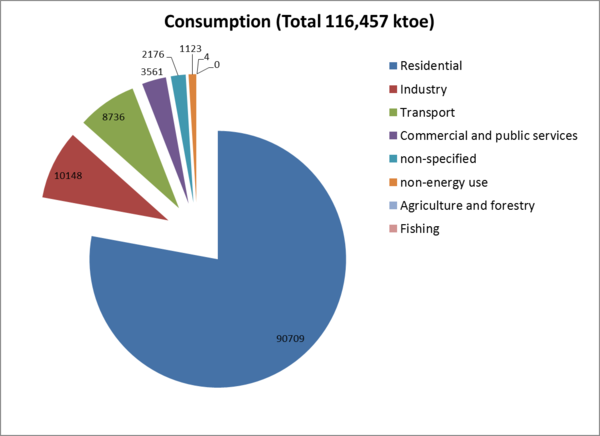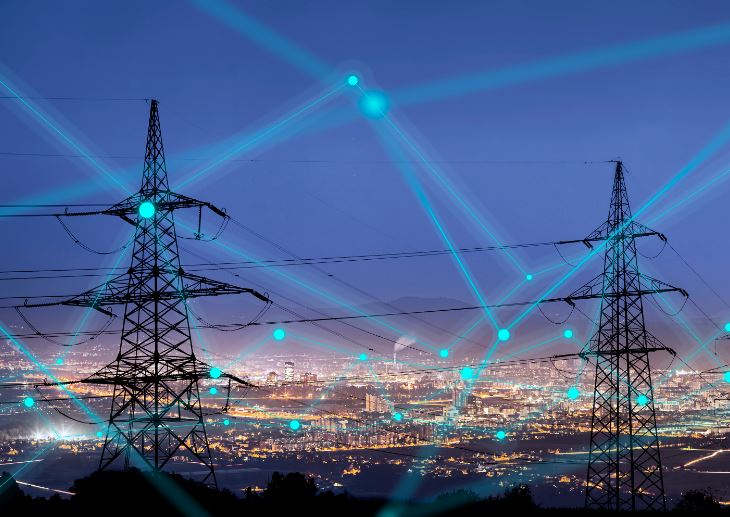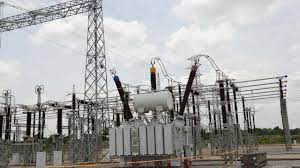
Dr Isaiah O. Oladeji
Lagos — The Nigerian population is about 170,000,000, according to the Nigerian population commission. The United Nations estimates the basic electrical power needs per person to be about 250W. Hence, the power generation capacity to meet the basic power needs of the nation should be about 40,000MW; the Nigerian government has confirmed this much.
The current installed generation capacity is about 12,000MW, from the privatized GENCOs that are operational. However, the national grid is only able to dispatch an average of 5,000 MW. This gives us a power
deficit of 35,000MW.
TCN that manages the national grid is a government agency. This agency is struggling to manage and expand
the national grid. It is, therefore, unable to evacuate the remaining 7,000 MW of generated power that could have brought the available power to Nigerians to 12,000 MW.
The fund needed to overhaul and expand the national grid is at a minimum 10 billions USD, plus a 5 to 10-year timeline to complete it.
This will further mop up the limited fund available to seriously and immediately address the Nigerian power problem. With increasing popularity of renewable energy, most of the developed countries are already moving towards distributive power supply.
Here, power is generated and used within the local electricity network; this eliminates the need for an expensive national grid, where power is produced far away and evacuated to be used elsewhere. So, attaining 40,000MW power generation within the next four years of TINUBU’s administration is feasible if the government genuinely adopts the distributive power approach without completely abandoning the existing national grid. Hence, the two solution suggestions I plan to make in this write up.
The National Grid Solution
The current national grid should be strengthened only to efficiently evacuate the current 5000MW to 12,000MW electricity capacity to Lagos, Abuja, and other state capitals. Regional DISCOS can then manage the distribution networks of the state capitals in their regions.
The distributive power solution
The new policy signed by the president during the early days of this administration makes distributive power the way to go. This policy, I think has the potential of rapidly solving the electricity problem in Nigeria.
While setting up a distributive power in an off-grid location (isolated mini-grid) is quite straightforward, that in a location with an existing distribution network (interconnected mini-grid) is a bit complicated. The
reason is that the existing network belongs to the regional DISCO.
The new policy should, therefore, limit the operation of DISCOS to the state capitals only, as stated above. The policy should now determine how much royalty should be paid to the DISCO by the small operators setting up shops in locations with existing networks; in my view, less than 5% of the revenue.
For the interconnected mini-grid and isolated mini-grid policy to succeed, the community, the willing supplier, and NERC or state NERC, should be the ones approving the establishment of a mini-grid; Discos should have no say on this approval process.
The approved mini-grid operators generate and distribute power in their respective localities. A locality could be a village, a town, part of a big city, or a group of nearby villages or towns.
Once again, the local suppliers produce their own electricity, sell electricity to the local consumers, maintain the local networks, pay for the use of local networks if available, and pay taxes. The capacity of the plant could be as small as 10 kW. Private companies, as long as they show some technical competence, and demonstrate the ability to generate electricity 24 hours a day/7 days a week, and they accept the government regulated tariff range, should be allowed to set up shop in any given locality. The plants could be powered by the sun, wind, coal, natural gas, biogas, biofuel, biomass etc…
In a town or villages where there is no existing power infrastructure, the federal, the state, or/and the local governments will be responsible for the provision of local electricity distribution infrastructures. Some regulations need to be put in place for private companies that want to generate and sell electricity in these special networks.
Technology choice
We have to adopt technologies that lend themselves to distributive power generation (10kW to 1MW). And technologies that can be up and running within 3 to 12 months of placing an order.
(1) Gas powered turbine – this technology is very suitable for south-south states, southeast states. Ondo State, Lagos State, and Ogun State will also benefit from this technology because of an existing gas pipeline.
(2) Biomass powered power plants – wet biomass or dry biomass – with careful choice of biomass feedstock that is sustainable and has no impact on food production and the environment. This technology can do two things at the same time. It can simultaneously solve our electricity problem and alleviate poverty. This is because the poor farmers and the unemployed youths can become suppliers of the feedstock. This technology can be deployed almost anywhere in Nigeria.
(3) Coal power plant – my preference here is coal gasification power plant that has almost zero environmental pollution – the huge coal deposit in the Southeast Nigeria comes handy. If train services can be made reliable again, coal gasification plants can be set up anywhere in Nigeria accessible by the train.
Now, solar panels and wind turbines may play a role, too, but these are intermittent energy sources that require energy storage and other balance of the system that make their upfront investment very expensive. I will use solar panels to illustrate this point. It will cost about $ 6 to install 1W of solar system, including the battery for 24-hour operation in Nigeria. Thus, to install a 1kW solar system, one needs about $6000; whereas 1KW of biomass system will cost about $1200 to install.
Thus, adopting solar or wind to resolve our energy problem at this moment will mean substantial wealth transfer to other countries where we will be buying the equipment. To reduce the wealth transfer to the
barest minimum, the state policy on adoption of solar and wind should
ensure that solar panels, batteries, and some components of the wind
turbines are made in Nigeria.
Fund
To accelerate the resolution of the power problems, funds must be made available to serious and technically competent companies. The federal government should, therefore, set up a development fund where these new small companies can raise long-term loans at low interest rates to set up small power plants throughout Nigeria.
Dr. Isaiah O. Oladeji is a former university lecturer and a Bell Laboratories scientist with more than 20 years of experience in teaching, semiconductor R&D, manufacturing, water-based film growth, and alternative energy. He was a key contributor to the copper interconnect technology that is deployed in silicon microchip manufacturing.
He was a 1992/93 Fulbright scholar, a 1997 winner of NASA Tech Brief award of technical innovation, and a 2010 nominee of Lemelson – MIT Award. He invented wet electrodeless systems, processes, and precursor formulations for fast direct deposition of nanoparticle-based film on various substrates for the fabrication of solar cells, lithium batteries, sensors, solid oxide fuels cells, and dry biomass He is the founder/CEO of Solmax-Bio Nigeria Limited, an alternative energy company, CTO Capacitech Energy, Orlando, Florida USA, Consultant Principal Scientist, ULVAC, Japan. Dr. Oladeji holds 16 issued US patents.
*Dr Isaiah O. Oladeji – i.oladeji@sisomtf.com; www.sisomtf.com



